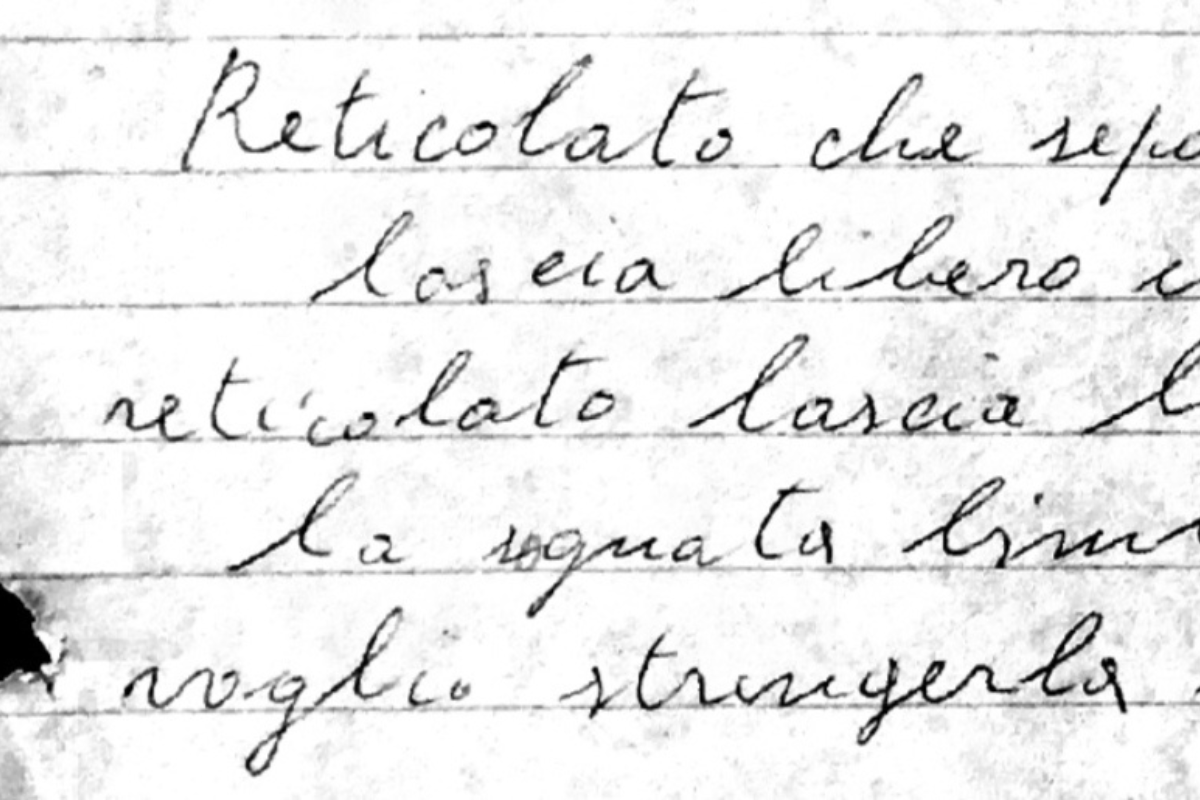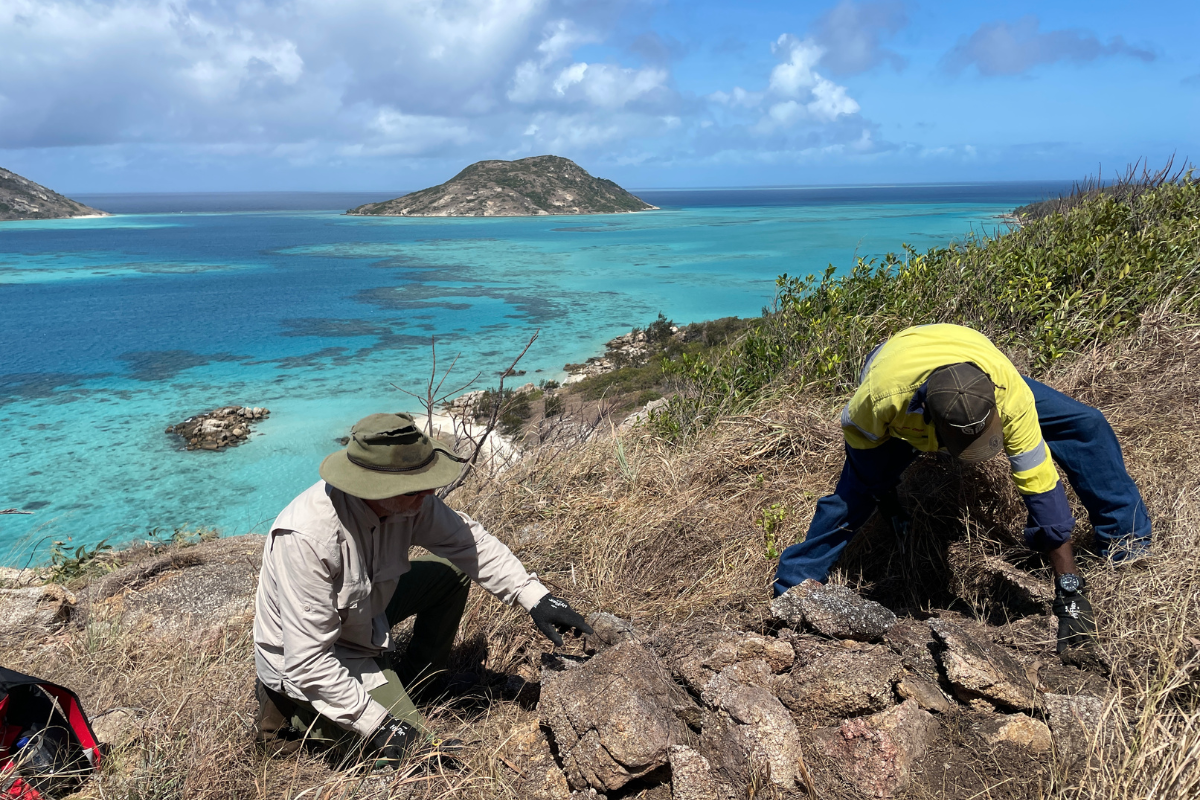
A sandwich on a bench
As a young historian at James Cook University in Townsville in the 1970s, Henry Reynolds struck up a friendship with a gardener named Eddie Mabo.
Mabo was astonished to learn, during one of their conversations, that his family’s ownership of ancestral land on his beloved Mer Island, in the Torres Strait, was not recognised by Australian law.
That conversation, over a sandwich on a bench in the university grounds, led eventually to the High Court’s historic recognition of Indigenous native title in the 1992 Mabo decision – a judgement that reflected a new view of Australian history, one which Reynolds’ work over the previous decade had done much to inform.
The great Australian silence
In 1968, the anthropologist William Stanner had spoken of “the great Australian silence” surrounding the harsh realities for Indigenous people of European settlement. While the silence Stanner refers to is a twentieth century phenomenon (it wasn’t a feature of the nineteenth century and, of course, Aboriginal and Torres Strait Islander people were never silent on these matters), Reynolds became one of the key figures helping to re-break that silence with his 1981 book The Other Side of the Frontier, revealing the nature, extent and duration of violence on the colonial frontier.
Other seminal books of the same period – such as Lyndall Ryan’s 1981 The Aboriginal Tasmanians, Richard Broome’s 1982 Aboriginal Australians, Ann McGrath’s 1987 Born in the Cattle and Bain Attwood’s 1989 The Making of the Aborigines – also contributed to retelling Australia’s history of its colonial relationship with Aboriginal people. Equally, Aboriginal and Torres Strait Islander autobiographies – such as those by Margaret Tucker (1977), Ida West (1984), Sally Morgan (1987) and Ruby Langford Ginibi (1988) – made important contributions to changing public attitudes.
The first tertiary Aboriginal History subject was created at La Trobe University in 1974 and the journal Aboriginal History founded in 1977 at ANU played a vital role in establishing the burgeoning field.
Broome wrote in 1982 that until recently Indigenous people “rarely appeared in our history, so that we have been presented with half a history”. These pioneering scholars helped tell a fuller national story, focusing attention on an aspect of Australia’s history that had in the twentieth century become ignored or glossed over.
History wars
When Reynolds and his postgraduate student, Noel Loos, began investigating historical sources, starting with 1860s editions of the Port Denison Times in Bowen, north Queensland, they found abundant material on conflict and massacres.
As Reynolds has written:
“It was not a case of seeking it out – the evidence spilled unbidden from the contemporary record like blood from an open wound. It was unavoidable, incontrovertible.”
Reynolds and other scholars dismantled any narrative of peaceful conquest, demonstrating that conflict occurred in nearly every district of Australia and lasted more than a hundred years. Reynolds also produced the first estimate of Indigenous frontier deaths: at least 20,000.
At the same time, in response to this new perspective, frontier violence was hotly contested, most notably during the public “history wars” of the late 1990s and early 2000s, when the historian Keith Windschuttle accused Reynolds and others such as Lyndall Ryan of grossly overestimating the Aboriginal death toll during Tasmania’s “Black War”. Later research conducted by Lyndall Ryan and others, however, not only vindicated the earlier findings, but found their figures too conservative.
While early scholarship focused on colonial violence, resistance and suppression of Aboriginal people (whether through sheer settler numbers, technology or disease), the field has expanded through the work of scholars such as Grace Karskens, Mark Finnane, Ann Curthoys (who also made important early contributions in the 1980s), Mark McKenna, Amanda Nettelbeck, Tim Rowse and Lynette Russell among many others, to examine multiple dimensions of the cross-cultural encounter: misunderstanding, the sharing of knowledge, cohabitation and interdependence, accommodation, adaptation and cultural survival.
Their cross-cultural histories have also examined themes such as Indigenous sovereignty; land rights and activism; racial science and assimilation; law and policing; and the removal of Aboriginal children from their families and communities.
Revisiting & revising our past
The continual emergence of additional voices and new frames of reference among Indigenous scholars – such as Barry Judd, Shino Konishi, John Maynard, Aileen Moreton-Robinson and others – and in the field of settler-colonial history extends the global relevance and intellectual reach of the field.
Together, scholars in this field have written Indigenous Australians back into a story from which they had been largely erased, portraying them not as passive victims, but as people who never ceded sovereignty and actively resisted dispossession. It has shown that warfare and conflict over land were intrinsic to, but not the sum total of, the nation’s creation.
Reynolds’ pioneering work still resonates today, providing a historical underpinning for the land rights movement, which he championed, and it continues to influence campaigns for treaty, truth-telling and reconciliation, as well as public debate about Australia Day.
Revolutionising understandings of modern Australia’s origins and reshaping ideas about Aboriginal-European relations, these researchers have delivered a more unsettling, but more complex, mature and balanced perspective on the past.



